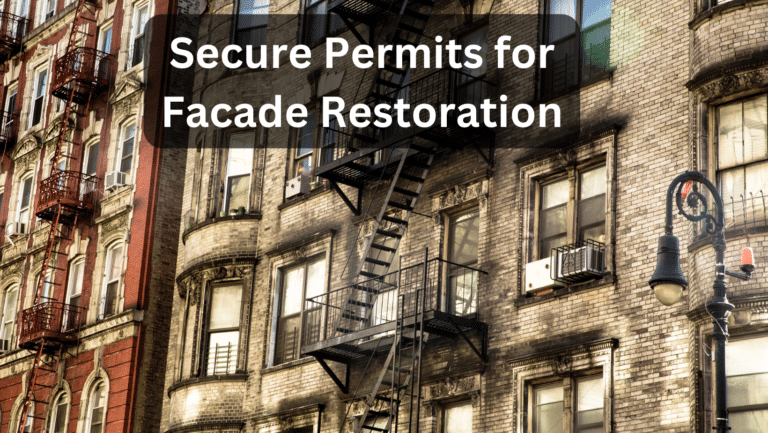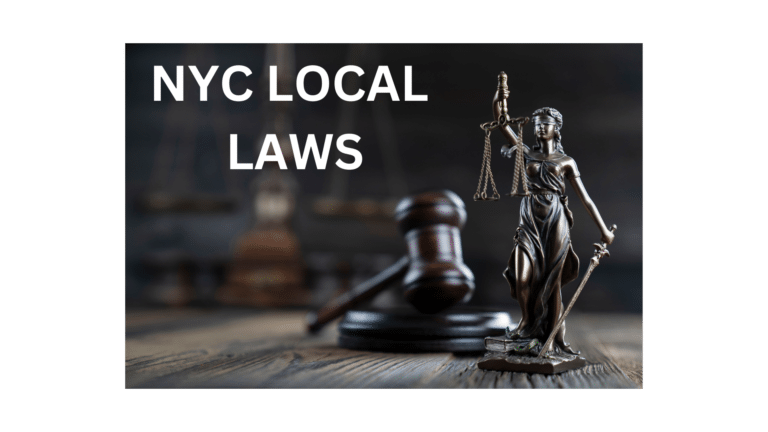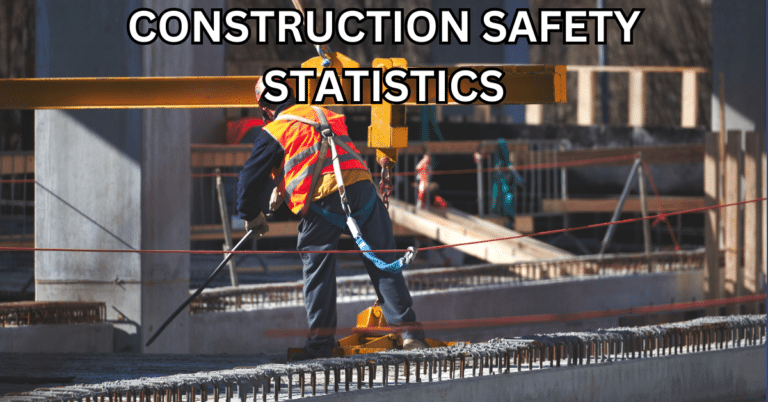Last Updated on March 1, 2025 by Jeffrey Calderon

Tenant Protection Plan: Essential Guide for Homeowners
Understanding the intricacies of a Tenant Protection Plan (TPP) is crucial for both homeowners and contractors.
This comprehensive guide will delve into the essentials of TPP, offering insights on its importance in safeguarding occupied dwelling units during construction or demolition work.
We’ll explore who must comply with these regulations, from property owners to those holding a work permit.
You’ll learn about specific requirements mandated by local laws like Local Law 106 and Local Law 118 that govern TPPs, including details about construction documents and TPP notices.
Lastly, we’ll provide resources where you can access more information about TPPs within buildings information system to ensure your occupied building remains protected throughout any partial or emergency work permit activities.
What is a Tenant Protection Plan?
A Tenant Protection Plan (TPP) is like a superhero cape for renters in NYC. It’s a legal document that outlines the rights and responsibilities of both tenants and landlords, ensuring fair treatment for all parties involved.
A safety shield which safeguards renters from any potential maltreatment or negligence by their landlord, while also keeping them liable for fulfilling the terms of the rental contract.
A lease agreement serves as a safeguard against potential abuse or neglect by your landlord, providing you with protection from rent hikes and unannounced visits.
Did you know that your landlord has no right to just enter without permission? Or that they can’t raise your rent willy-nilly? These are just some of the things that a typical TPP covers.
So whether you’re a newbie renter or a seasoned pro, understanding what a Tenant Protection Plan is can help prevent disputes down the line and ensure a smooth tenancy period.
If you need help interpreting any of the provisions within the plan, don’t worry – there are plenty of resources available online, like NYC’s Department of Housing Preservation & Development website, that can help you out.
Who Must Comply with the TPP?
In the Big Apple, complying with the Tenant Protection Plan (TPP) isn’t just for landlords.
Tenants and subtenants also have responsibilities under this plan.
It’s crucial for all parties involved in a rental agreement to understand their obligations under the TPP.
Landlords

The primary responsibility of compliance lies with landlords.
They must follow all provisions outlined in the TPP, from providing written notice of tenant rights to maintaining safe living conditions.
Ignoring these obligations can lead to hefty fines and legal trouble.
Tenants

Tenants must be cognizant of their privileges and duties under the Tenancy Protection Program. This includes knowing what constitutes acceptable living conditions and understanding how to exercise their rights if these standards aren’t met. Remember, knowledge is power.
Subtenants
Subtenants are also obligated to adhere to the guidelines set forth by the TPP.
Subtenancy agreements can sometimes complicate matters, so it’s essential for both landlords and original tenants to communicate clearly about expectations regarding compliance. Communication is key.
Beyond these three main groups, anyone associated with managing or residing at an NYC residential property needs awareness about this important protection plan too.
For instance, building managers or contractors working on-site may need knowledge about certain aspects of the plan relevant to them, like safety regulations during construction work. It takes a village.
To sum up: everyone connected directly or indirectly with an NYC residential property has some level of obligation towards ensuring adherence to Tenant Protection Plan rules and regulations. Let’s work together to foster fair landlord-tenant relationships and protect renters’ rights.
What Are the Requirements of the TPP?
Tenants and landlords in NYC must observe the rules of the Tenant Protection Plan (TPP) to guarantee reasonable treatment, healthy housing conditions, and adherence with municipal regulations.
Written Notice of Rights
Tenants must receive a written notice outlining their rights under the TPP.
This document should explain their protections as renters in NYC, including protection from harassment, unlawful eviction, and excessive rent increases.
For more details on tenant rights under the TPP, visit NYC’s Department of Housing Preservation & Development website.
Maintaining Safe Living Conditions
Landlords must keep their buildings up-to-code and make necessary repairs promptly.
They must also provide essential services like heat during winter months and hot water at all times to ensure safe and habitable living conditions.
Rental Agreement Compliance
All rental agreements must comply with local laws outlined in the Housing Maintenance Code.
This means leases cannot contain illegal clauses such as waiving a tenant’s right to sue for damages or allowing landlord entry without proper notice.
To ensure compliance with these requirements, seek advice from legal professionals who specialize in housing law or contact a local tenant advocacy organization for guidance.
What Happens If You Don’t Comply with the Tenant Protection Plan?
Failure to comply with the Tenant Protection Plan (TPP) may lead to severe consequences, such as fines, eviction proceedings and legal action.
The city takes these regulations seriously, and non-compliance is not taken lightly.
The penalties for failing to adhere to TPP requirements vary depending on the nature of the violation but generally include fines, eviction proceedings, and legal actions against landlords or tenants.
Fines
Landlords who fail to provide their tenants with written notice of their rights under TPP or maintain safe living conditions may face hefty fines. These fines range from $1,000 up to $10,000 per violation depending on the severity and frequency of the violation.
Eviction Proceedings
In severe cases where landlords consistently violate TPP rules by neglecting maintenance duties or violating rental agreements repeatedly, they could face eviction proceedings initiated by either the city authorities or aggrieved tenants themselves. This means they risk losing control over their property, which can be an extremely costly consequence. [source]
Legal Actions
Besides financial penalties and potential loss of property through evictions, landlords might also find themselves facing legal action brought about by affected tenants seeking compensation for damages suffered due to non-compliant behavior. In such cases, courts often side with tenants, especially if there’s clear evidence showing disregard for TPP provisions. [source]
Tenants aren’t exempt from penalties should they breach any part of their obligations under TPP, like subletting without permission, among others. However, enforcement against them isn’t as stringent compared to landlords since most responsibilities lie primarily on property owners’ shoulders according to NYC Department of Housing Preservation & Development guidelines. [source]
How to Learn More About Tenant Protection Plans (TPPs) in NYC
Are you a New York City homeowner, tenant, or contractor seeking knowledge on Tenant Protection Plans (TPPs)? Look no further.
Here are some resources that can provide comprehensive information and guidance:
NYC’s Department of Housing Preservation & Development Website
The NYC’s Department of Housing Preservation & Development website offers detailed explanations on what TPPs are, who must comply with them, their requirements, and potential penalties for non-compliance. It also provides useful links to other relevant legal documents and housing codes.
Local Tenant Advocacy Organizations
Local tenant advocacy organizations can be an invaluable source of support.
These groups work tirelessly to protect tenants’ rights by providing advice on issues such as rent increases, evictions, repairs, and maintenance problems.
Here are some organizations you can reach out to:
- Tenant Union Representative Network (TURN): TURN provides free weekly workshops where renters can learn about their rights under the law. Visit TURN’s website here.
- Mobilization for Justice: This organization offers free legal services to low-income residents facing eviction or other housing-related legal issues. Find out more about Mobilization for Justice here.
- Metropolitan Council on Housing: The Metropolitan Council on Housing runs a tenants’ rights phone hotline every weekday. Learn more about Metropolitan Council on Housing here.
No matter your situation or query regarding TPPs in NYC, these resources should prove beneficial. Remember: knowledge is power when it comes to protecting yourself as a tenant.
Conclusion
In conclusion, a tenant protection plan specifically tailored for construction projects is an indispensable tool for ensuring the safety and well-being of tenants during the construction process.
Construction activities can disrupt the living conditions of tenants, posing potential risks to their health and comfort. A robust tenant protection plan provides a framework for effective communication, coordination, and mitigation measures between landlords, contractors, and tenants.
By addressing issues such as noise, dust, accessibility, and safety, the plan helps minimize inconveniences and hazards, while also promoting transparency and accountability.
The implementation of a tenant protection plan demonstrates a commitment to tenant welfare and fosters a positive relationship between property owners and tenants.
Ultimately, a well-executed tenant protection plan for construction projects not only safeguards the rights of tenants but also contributes to a smoother, more harmonious construction process that respects the needs and concerns of all stakeholders involved.






